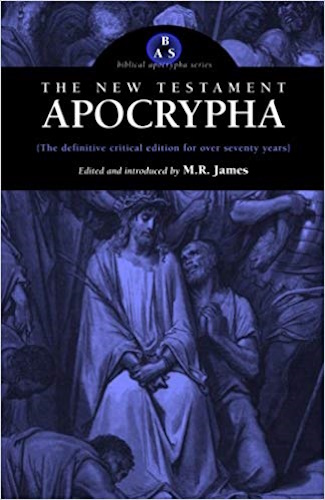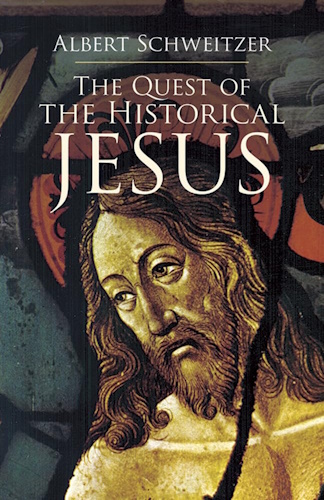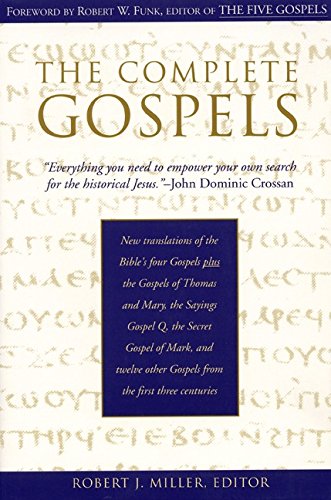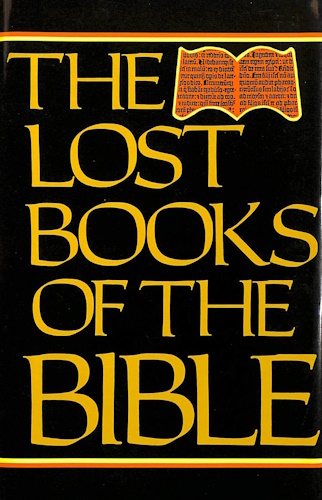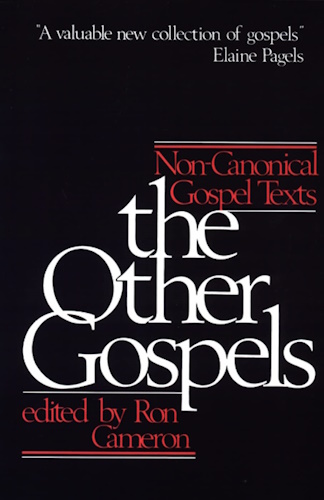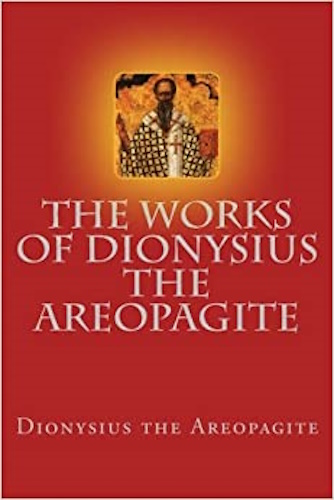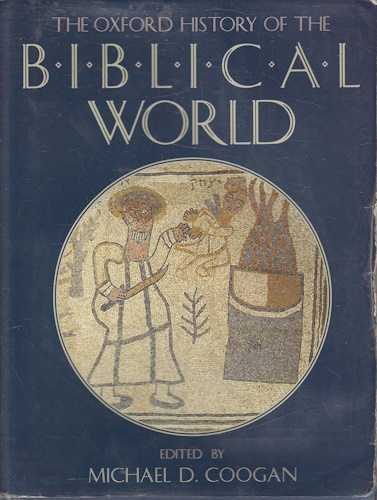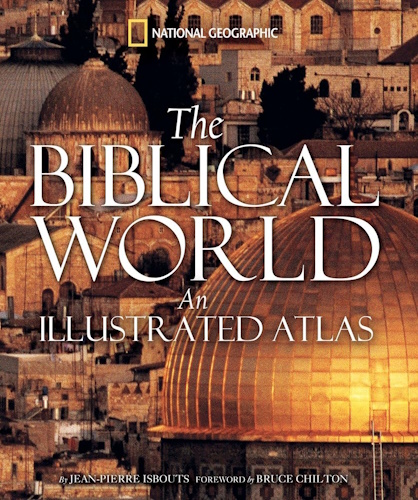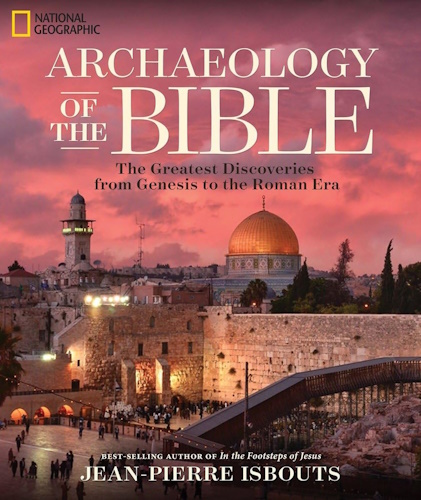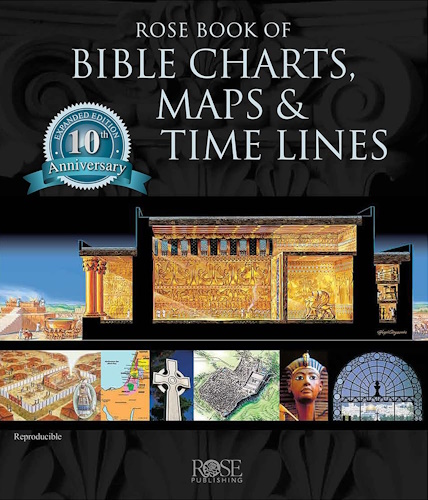
The works of Dionysius the Areopagite
Ecclesiastical Hierarchy
Caput I
To my Fellow Presbyter Timothy. Dionysius the Presbyter.
What is the traditional view of the Ecclesiastical Hierarchy and what is its purpose?
Section I.
We must, then, most pious of pious sons, demonstrate from the supermundane and most sacred Oracles and traditions, that ours is a Hierarchy of the inspired and Divine and Deifying science, and of operation, and of consecration, for those who have been initiated with the initiation of the sacred revelation derived from the hierarchical mysteries. See, however, that you do not put to scorn things most holy (Holy of Holies); but rather treat them reverently, and you will honour the things of the hidden God by intellectual and obscure researches, carefully guarding them from the participation and defilement of the uninitiated, and reverently sharing holy things with the holy alone, by a holy enlightenment. For thus, as the Word of God has taught us who feast at His Banquet, even Jesus Himself—the most supremely Divine
page 68
Mind and superessential, the Source and Essence, and most supremely Divine Power of every Hierarchy and Sanctification and Divine operation—illuminates the blessed Beings who are superior to us, in a manner more clear, and at the same time more intellectual, and assimilates them to His own Light, as far as possible; and by our love of things beautiful elevated to Him, and which elevates us, folds together our many diversities, and after perfecting into a uniform and Divine life and habit and operation, holily bequeaths the power of the Divine Priesthood; from which by approaching to the holy exercise of the priestly office, we ourselves become nearer to the Beings above us, by assimilation, according to our power, to their abiding and: unchangeable holy steadfastness; and thus by looking upwards to the blessed and supremely Divine self of Jesus, and reverently gazing upon whatever. we are permitted to see, and illuminated with the knowledge of the visions, we shall be able to become, as regards the science of Divine mysteries, purified and purifiers; images of Light, and workers, with God, perfected and perfecting.
Section II.
Then what is the Hierarchy of the Angels225 and Archangels, and of supermundane Principalities and Authorities, Powers and Lordships, and Divine Thrones, or of the Beings of the same ranks as the Thrones—which the Word of God declares to
page 69
be near, and always about God, and with226 God, naming them in the Hebrew tongue Cherubim and Seraphim—by pondering the sacred ranks and divisions of their Orders and Hierarchies, you will find in the books we have written—not as befits their dignity but to the best of our ability—and as the Theology of the most holy Scriptures guided, when they extolled their Hierarchy. Nevertheless, it is necessary to say this, that both that, and every Hierarchy extolled now by us, has one and the same power, throughout the whole Hierarchical transaction; and that the Hierarch himself, according to his essence, and analogy, and rank, is initiated in Divine things, and is deified and imparts to the subordinates, according to the meetness of each for the sacred deification which comes to him from God; also that the subordinates follow the superior, and elevate the inferior towards things in advance; and that some go before, and, as far as possible, give the lead to others; and that each, as far as may be, participates in the truly Beautiful, and Wise, and Good, through this the inspired and sacerdotal harmony.
But the Beings and ranks above us, of whom we have already made a reverent mention, are both incorporeal, and their Hierarchy is both intelligible and supermundane; but let us view our Hierarchy, comformably to ourselves, abounding in the variety of the sensible symbols, by which, in proportion to our capacity, we are conducted, hierarchically
page 70
according to our measure, to the uniform deification —God and Divine virtue. They indeed, as minds, think, according to laws laid down for themselves; but we are led by sensible figures to the Divine contemplations, as is possible to us. And, to speak truly, there is One, to Whom all the Godlike aspire, but they do not partake uniformly of this One and the Same, but as the Divine balance distributes to each the meet inheritance. Now these things have been treated more systematically in the Treatise concerning "Intelligible and Sensible227." But now I will attempt to describe our Hierarchy, both its source and essence, as best I can; invoking Jesus, the source and Perfecting of all Hierarchies.
Section III.
Every Hierarchy, then, is, according to our august tradition, the whole account of the sacred things falling under it, a most complete summary of the sacred rites of this or that Hierarchy, as the case may be. Our Hierarchy, then, is called, and is, the comprehensive system of the whole sacred rites included within it, according to which the divine Hierarch, being initiated, will have the communication of all the most sacred things within himself, as chief of Hierarchy. For as he who speaks of Hierarchy speaks of the order of the whole sacred rites collectively, so he, who mentions Hierarch, denotes the inspired and godly man—the skilled in all sacred knowledge—in whom the whole
page 71
Hierarchy is clearly completed and recognized within himself.
Head of this Hierarchy is the Fountain of Life, the Essence of Goodness, the one Triad, Cause of things that be, from Which both being and well-being come to things that be, by reason of goodness228. Of this most supremely Divine blessedness —exalted beyond all, the threefold Monad, the really Being,—the Will, inscrutable to us, but known to Itself, is the rational preservation of beings amongst us and above us; but that (preservation) cannot otherwise take place, except those who are, being saved are being deified. Now the assimilation to, and union with, God, as far as attainable, is deification. And this is the common goal of every Hierarchy,—the clinging love towards God and Divine things divinely and uniformly ministered; and previous to this, the complete and unswerving removal of things contrary, the knowledge of things as they are in themselves; the vision and science of sacred truth; the inspired communication of the uniform perfection of the One Itself, as far as attainable; the banquet of contemplation, nourishing intelligibly, and deifying every man elevated towards it.
Section IV.
Let us affirm, then, that the supremely Divine Blessedness, the essential Deity, the Source of
page 72
deification, from Which comes the deification of those deified, bequeathed, by Divine Goodness, the Hierarchy, for preservation, and deification of all rational and intellectual Beings. And to the supermundane and blessed inheritances there is bequeathed something more immaterial and intellectual (for Almighty God does not move them to things divine, from without, but intelligibly, since they are illuminated as to the most Divine will from within, with brilliancy pure and immaterial), but to us—that which has been bequeathed to them, uniformly, and enveloped, is bequeathed from the Divinely transmitted Oracles, in a variety and multitude of divisible symbols, as we are able to receive it. For the Divinely transmitted Oracles are essence of our Hierarchy. And we affirm that these Oracles—all such as were given from our godly initiators in inspired Letters of the Word of God —are most august; and further, whatever our leaders have revealed to us from the same holy men, by a less material initiation, and already akin, as it were, to the Heavenly Hierarchy, from mind to mind, through the medium of speech, corporeal, indeed, but nevertheless more immaterial, without writing. Nor did the inspired Hierarchs transmit these things, in conceptions clear to the commonalty of worshippers, but in sacred symbols. For it is not every one that is hallowed; nor, as the Oracles affirm, does knowledge belong to all.
Section V.
Necessarily, then, the first leaders of our Hierarchy, after having been filled themselves with the sacred gift, from the superessential Godhead, and sent, by the supremely Divine Goodness, to extend the same gift successively, and, as godly, earnestly desiring themselves the elevation and deification of those after them, presented to us—by their written and unwritten revelations—in accordance with their sacred injunctions, things supercelestial, by sensible images, the enfolded, by variety and multitude, and things Divine, by things human, and things immaterial, by things material, and the superessential, by things belonging to us. Nor did they do this merely on account of the unhallowed, to whom it is not permitted even to touch the symbols, but because our Hierarchy is, as I said, a kind of symbol adapted to our condition, which needs things sensible, for our more Divine elevation from these to things intelligible. Nevertheless the reasons of the symbols have been revealed to the Divine initiators, which it is not permitted to explain to those who are yet being initiated, knowing that the Lawgivers of things divinely transmitted deliberately arranged the Hierarchy in well-established and unconfused ranks, and in proportionate and sacred distributions of that which was convenient to each, according to fitness. Wherefore trusting in thy sacred promises (for it is a pious duty to recall them to thy recollection) — that, since every Hierarchical sacred word is of binding
page 74
force, thou wilt not communicate to any other but those Godlike initiators of the same rank with thyself, and wilt persuade them to promise, according to hierarchical regulation, to touch pure things purely, and to communicate the mysteries of God to the godly alone, and things perfect to those capable of perfection, and things altogether most holy to the holy, I have entrusted this Divine gift to thee, in addition to many other Hierarchical gifts.
225 See Epistle to Trallians.
227 Ap. C. viii. 16.
228 Creation through goodness—not necessity.
![]()
![]()
-
Urantia Book, 44:0.11 - The Celestial Artisans
Never in your long ascendancy will you lose the power to recognize your associates of former existences. Always, as you ascend inward in the scale of life, will you retain the ability to recognize and fraternize with the fellow beings of your previous and lower levels of experience. Each new translation or resurrection will add one more group of spirit beings to your vision range without in the least depriving you of the ability to recognize your friends and fellows of former estates.
-
Princess Bride 1987 Wallace Shawn (Vizzini) and Mandy Patinkin (Inigo Montoya)
Vizzini: HE DIDN'T FALL? INCONCEIVABLE.
Inigo Montoya: You keep using that word. I do not think it means what you think it means. -
Urantia Book, 117:4.14 - The Finite God
And here is mystery: The more closely man approaches God through love, the greater the reality -- actuality -- of that man. The more man withdraws from God, the more nearly he approaches nonreality -- cessation of existence. When man consecrates his will to the doing of the Father's will, when man gives God all that he has, then does God make that man more than he is.
-
Urantia Book, 167:7.4 - The Talk About Angels
"And do you not remember that I said to you once before that, if you had your spiritual eyes anointed, you would then see the heavens opened and behold the angels of God ascending and descending? It is by the ministry of the angels that one world may be kept in touch with other worlds, for have I not repeatedly told you that I have other sheep not of this fold?"
-
Urantia Book, Foreword - 0:12.12 - The Trinities
But we know that there dwells within the human mind a fragment of God, and that there sojourns with the human soul the Spirit of Truth; and we further know that these spirit forces conspire to enable material man to grasp the reality of spiritual values and to comprehend the philosophy of universe meanings. But even more certainly we know that these spirits of the Divine Presence are able to assist man in the spiritual appropriation of all truth contributory to the enhancement of the ever-progressing reality of personal religious experience—God-consciousness.
-
Urantia Book, 1:4.3 - The Mystery Of God
When you are through down here, when your course has been run in temporary form on earth, when your trial trip in the flesh is finished, when the dust that composes the mortal tabernacle "returns to the earth whence it came"; then, it is revealed, the indwelling "Spirit shall return to God who gave it." There sojourns within each moral being of this planet a fragment of God, a part and parcel of divinity. It is not yet yours by right of possession, but it is designedly intended to be one with you if you survive the mortal existence.
-
Urantia Book, 1:4.1 - The Mystery Of God
And the greatest of all the unfathomable mysteries of God is the phenomenon of the divine indwelling of mortal minds. The manner in which the Universal Father sojourns with the creatures of time is the most profound of all universe mysteries; the divine presence in the mind of man is the mystery of mysteries.
-
Urantia Book, 1:4.6 - The Mystery Of God
To every spirit being and to every mortal creature in every sphere and on every world of the universe of universes, the Universal Father reveals all of his gracious and divine self that can be discerned or comprehended by such spirit beings and by such mortal creatures. God is no respecter of persons, either spiritual or material. The divine presence which any child of the universe enjoys at any given moment is limited only by the capacity of such a creature to receive and to discern the spirit actualities of the supermaterial world.
-
Urantia Book, 11:0.1 - The Eternal Isle Of Paradise
Paradise is the eternal center of the universe of universes and the abiding place of the Universal Father, the Eternal Son, the Infinite Spirit, and their divine co-ordinates and associates. This central Isle is the most gigantic organized body of cosmic reality in all the master universe. Paradise is a material sphere as well as a spiritual abode. All of the intelligent creation of the Universal Father is domiciled on material abodes; hence must the absolute controlling center also be material, literal. And again it should be reiterated that spirit things and spiritual beings are real.
-
Urantia Book, 50:6.4 - Planetary Culture
Culture presupposes quality of mind; culture cannot be enhanced unless mind is elevated. Superior intellect will seek a noble culture and find some way to attain such a goal. Inferior minds will spurn the highest culture even when presented to them ready-made.
-
Urantia Book, 54:1.6 - True And False Liberty
True liberty is the associate of genuine self-respect; false liberty is the consort of self-admiration. True liberty is the fruit of self-control; false liberty, the assumption of self-assertion. Self-control leads to altruistic service; self-admiration tends towards the exploitation of others for the selfish aggrandizement of such a mistaken individual as is willing to sacrifice righteous attainment for the sake of possessing unjust power over his fellow beings.
-
Urantia Book, 54:1.9 - True And False Liberty
How dare the self-willed creature encroach upon the rights of his fellows in the name of personal liberty when the Supreme Rulers of the universe stand back in merciful respect for these prerogatives of will and potentials of personality! No being, in the exercise of his supposed personal liberty, has a right to deprive any other being of those privileges of existence conferred by the Creators and duly respected by all their loyal associates, subordinates, and subjects.
-
Urantia Book, 54:1.8 - True And False Liberty
There is no error greater than that species of self-deception which leads intelligent beings to crave the exercise of power over other beings for the purpose of depriving these persons of their natural liberties. The golden rule of human fairness cries out against all such fraud, unfairness, selfishness, and unrighteousness.
